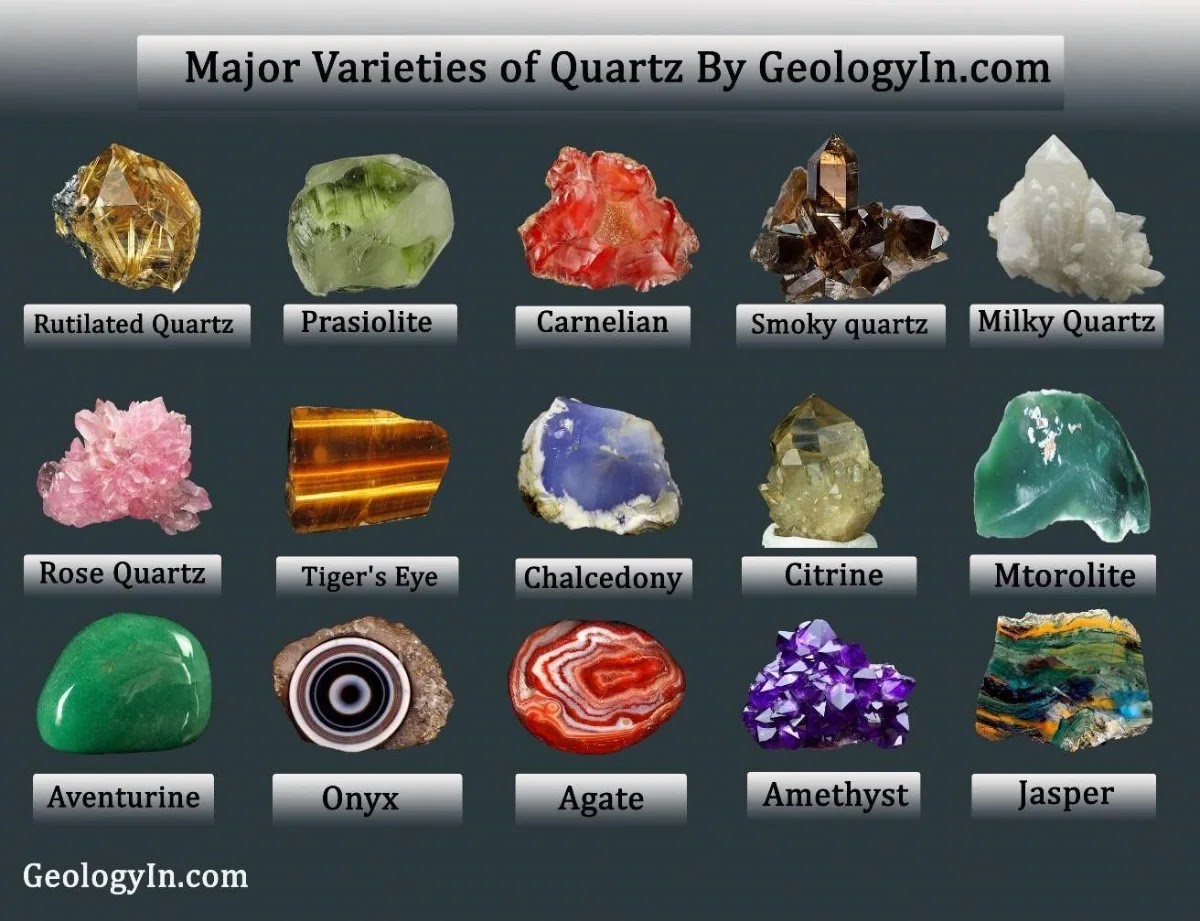What is Aventurescence
Aventurescence is an optical phenomenon observed in certain minerals and gemstones, characterized by a sparkling or glittery effect. This effect results from light reflecting off numerous tiny, plate-like inclusions—typically composed of reflective or metallic minerals such as hematite, goethite, mica, or fuchsite (a chromium-rich mica).
These inclusions act like microscopic mirrors scattered throughout the host mineral, catching and reflecting light in various directions to produce a shimmering, spangled appearance. In some cases, they are so abundant that they also influence the overall color of the stone.
Aventurescence is most famously seen in aventurine quartz and sunstone feldspar, though it can occur in other minerals as well.
The term “aventurescence” derives from the Italian phrase "a ventura" (“by chance”), referencing the accidental 18th-century discovery of aventurine glass, a man-made material with a similar glittering effect. This synthetic glass is still produced today as an imitation of natural aventurescent gemstones.
 |
| Gemstones with Aventurescence |
What Causes Aventurescence
Aventurescence originates from a well-defined light scattering phenomenon caused by the interaction of light with microscopic platy inclusions within a gemstone. These inclusions, typically iron oxides like hematite or goethite, or certain micas, exhibit high refractive indices and platy morphology. When light enters the gemstone, it interacts with these inclusions. Due to their platy structure, the inclusions act as preferential scattering centers for the incident light.
Light rays encountering these inclusions are predominantly reflected rather than transmitted deeper into the gem. The random orientation of the platy inclusions throughout the gemstone disrupts the original direction of the reflected light, causing it to scatter in various directions. This multidirectional scattering of light is what we perceive as the glittering or shimmering effect that defines aventurescence.
The quality and intensity of the aventurescence depend on several factors, including the size, density, and distribution of the platy inclusions within the gemstone. Generally, a more uniform distribution of finer inclusions produces a more aesthetically pleasing aventurescent effect.
 |
| Aventurescence: Light-Reflecting Inclusions That Produce a Bright Flash. Sunstone from Oregon |
Examples of Aventurescence Minerals
Several gemstones can exhibit aventurescence, but the most renowned are:
Aventurine Quartz
This quartz variety comes in various colors, from green to orange, and is the most common stone displaying aventurescence. Its shimmering flecks often resemble scattered gold dust, hence its nickname "goldstone quartz."
Aventurine quartz is the best-known of aventurescent gems (and the reason why the phenomenon was named aventurescence). Even so, aventurescence can actually occur in a variety of other gemstones too, including various feldspars such as sunstone and andesine-labradorite. A variety of obsidian known in the trade as 'gold-sheen obsidian' is also known to exhibit an extremely attractive aventurescence.
Sunstone
Sunstone: A feldspar gemstone, sunstone typically displays aventurescence in the form of shimmering orange or red flecks against a golden or pinkish background. These aventurescent areas are sometimes called "aventurine feldspar."
Labradorite
This feldspar boasts a mesmerizing play of color called labradorescence, Not technically aventurescence, but this feldspar displays a play of color due to similar light interaction with internal structures, creating a mesmerizing iridescence.
Is Aventurescence Valuable
Aventurescence can add value to a gemstone, particularly for varieties like aventurine quartz and sunstone. However, the overall value depends on factors like the intensity and beauty of the effect, the overall quality and color of the stone, and its cut.







%20(1).webp)

